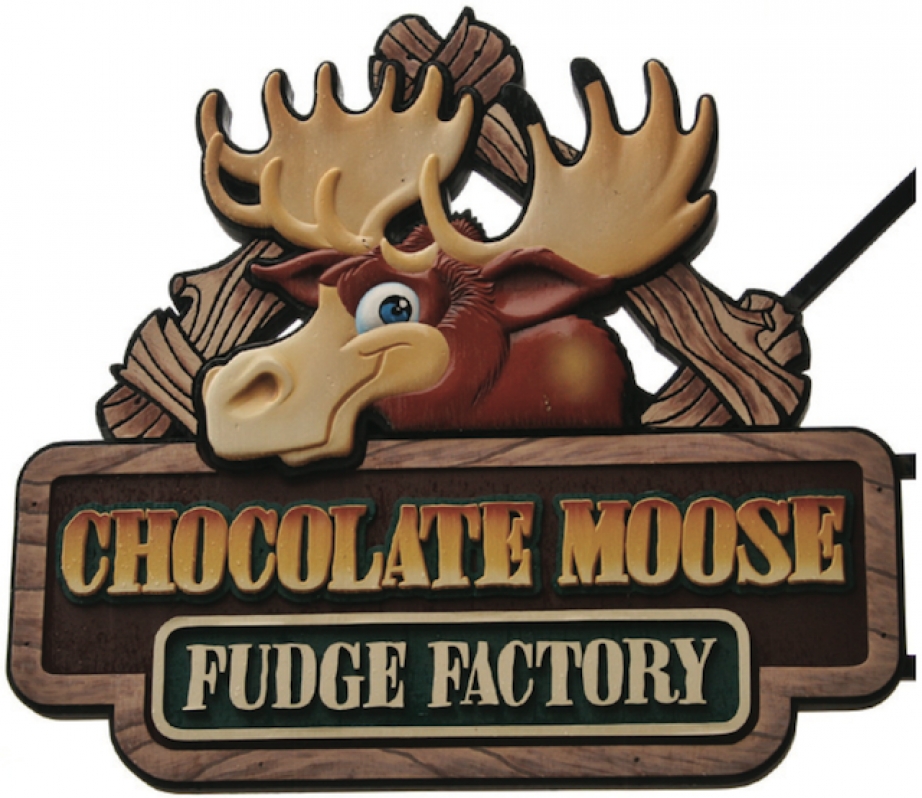- The word moose is derived from the Algonquian name moz, meaning he trims, shaves. Must be that unfashionable mullet, goatee, and patchy spring coat.
- Moose are known as elk in Europe. North American elk were named by early European explorers who thought this large deer species resembled the European elk (i.e. moose). Presumably they had yet to see an actual moose…
- In 1910, 10 moose introduced in Fiordland, New Zealand, disappeared into the impenetrable bush. occasional sightings were as credible as reports of Bigfoot until moose hair was found in 2002.
- Male moose lose their antlers in the fall and re-grow them every spring. Antlers take three to five months to develop, making them the fastest growing male organ in nature.
- Native American myths about moose with devil’s antlers are based on the misshapen appendages worn for life by castrated bull moose.
- The largest moose ever recorded was discovered in Alaska. It stood 2.34 metres at the shoulder, weighed 816 kilograms, and had a rack spanning two metres.
- The flap of skin that hangs beneath the throat is called a bell.
- In 2000, the Moose in the City project flooded Toronto, ontario, with 326 life-size moose statues. Sold at a charity auction, these moose quickly became a source of corporate pride and prize targets for high school car rallies.
- Moose Jaw, Saskatchewan, is named from the Cree word moosegaw, which means warm breezes. Nevertheless, the city’s mascot is a 10-metre, 9,000-kilogram concrete moose named Mac.
- Chocolate moose, a dish made famous by the Muppet Show in 1978, is a culinary staple of northern tourist towns.
 This article first appeared in the Spring 2009 issue of Canoeroots Magazine.
This article first appeared in the Spring 2009 issue of Canoeroots Magazine.




